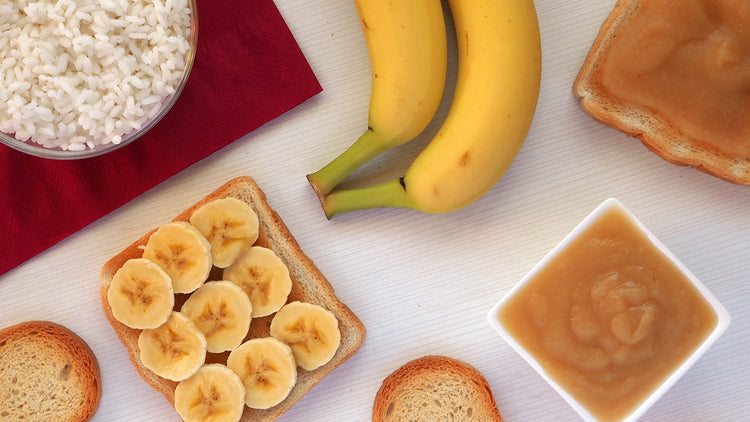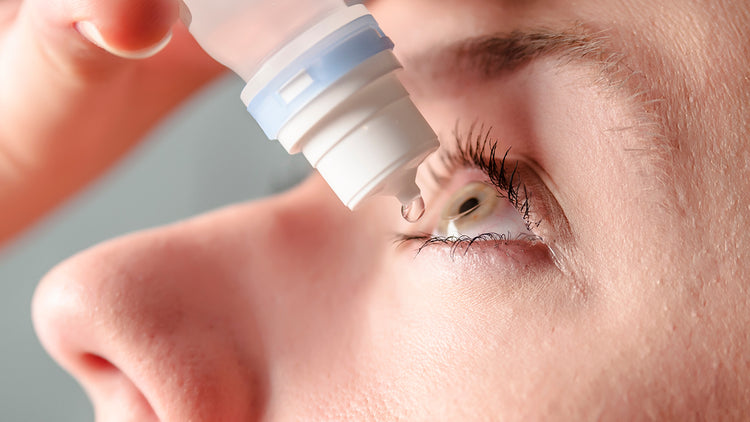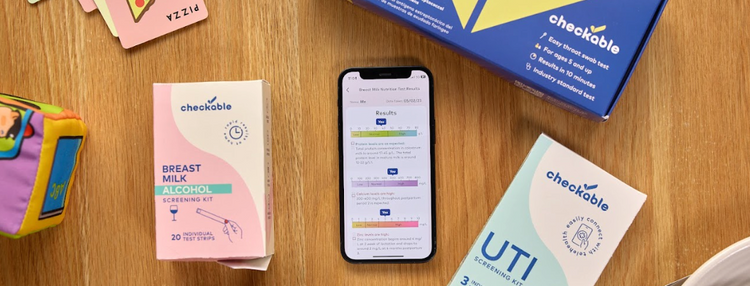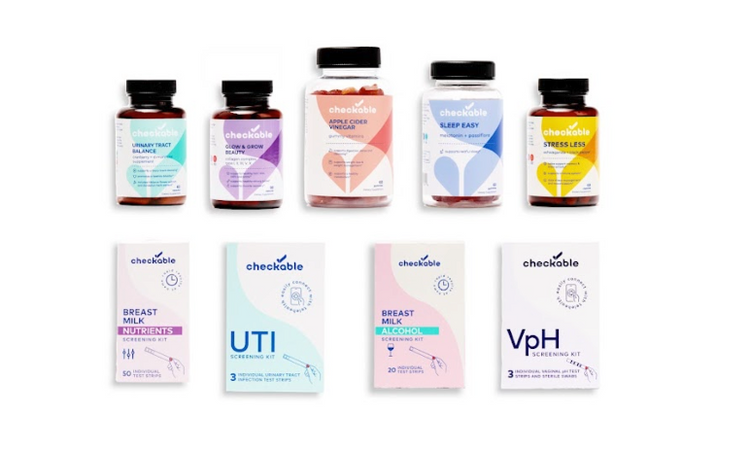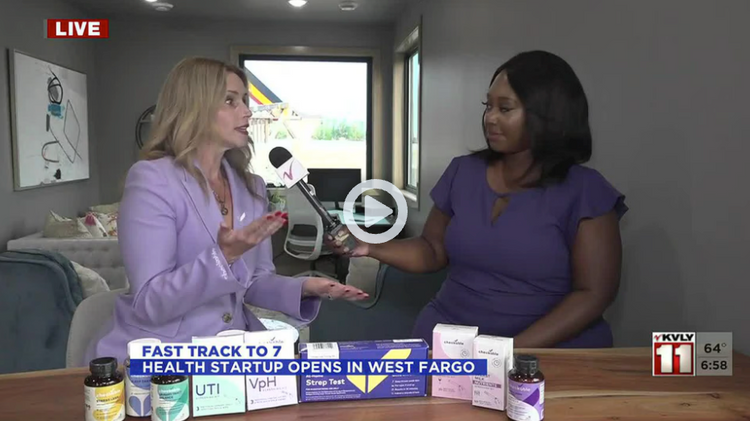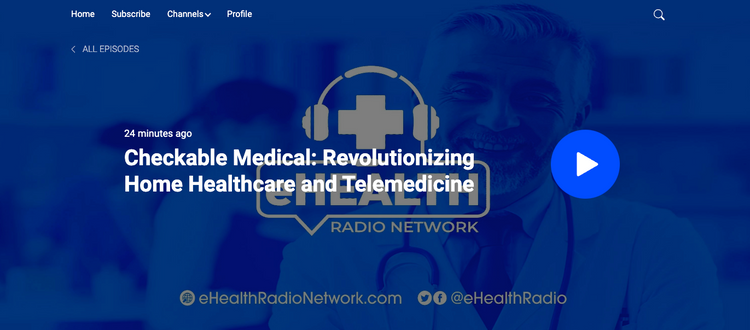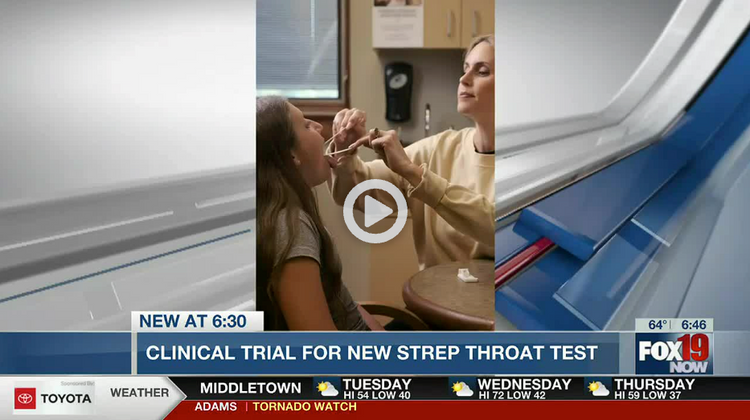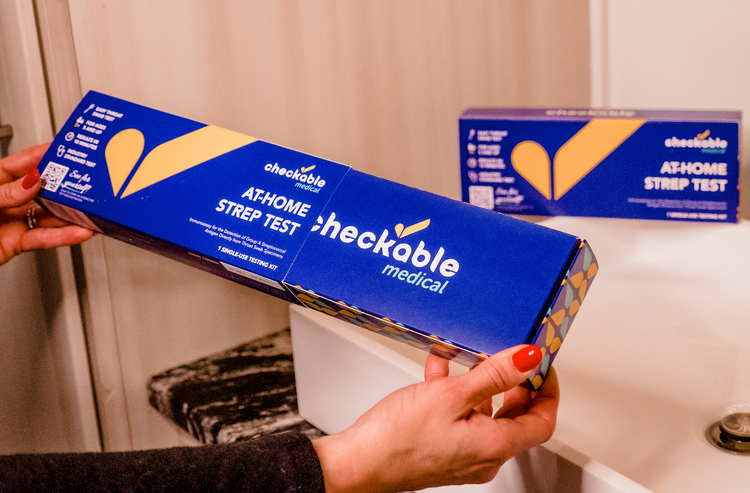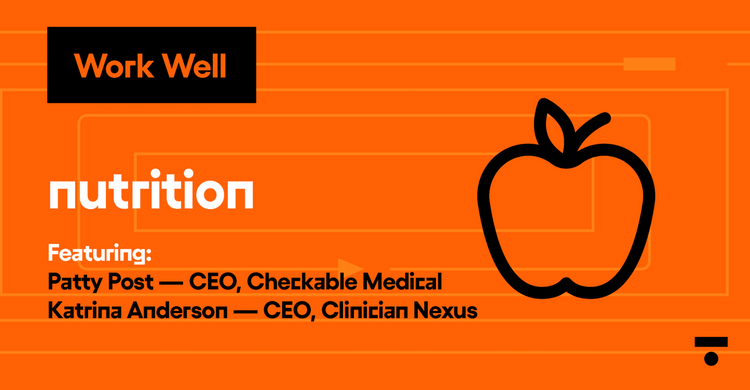
Every parent can attest to feeling helpless when their children are sick and suffering. One of the top symptoms of children's illnesses is having a sore throat. If your child's sore throat seems severe and accompanied by a fever, there's a good probability you may be dealing with strep throat. Fortunately, there are easy ways to recognize the symptoms and get your little (or big) ones treated and feeling better fast. Here are some tips that every parent should know about strep throat in kids of all ages.
What Exactly Is Strep Throat?
Strep throat is an infection caused by group A streptococcus bacteria found in the back of the throat and on the tonsils. Strep accounts for approximately 1/3 of all sore throat illnesses in children. According to Mayo Clinic, strep throat is highly contagious and is most common in school-age kids and teens between 5 to 15 years old, although anyone can get it. Strep cases tend to rise during the school year (typically in winter/early spring) when kids are indoors more and in close quarters. Although it is possible toddlers and babies can also get strep throat if exposed, but it's highly uncommon. Along with rest and a lot of fluids, most strep cases require antibiotics which will have your child feeling better in just a few days.
Strep is also extremely contagious and can be passed to others for up to three weeks. It is usually transmitted through coughing or sneezing, but kids (and adults) can also catch it by touching a contaminated surface — like a toy, cell phone, or a doorknob. You can also get strep from sharing food or drinks with an infected person.
Symptoms of Strep Throat
If your child is sick and able to express what is hurting them, you may be able to recognize symptoms of strep easily. Of course, if your child is under 3, it may be tough to identify the signs. Not all sore throats are strep throats. Here are some of the most common symptoms of strep throat in babies, toddlers, and children so you can act fast.
Strep throat in babies:
- Infants tend to have a low-grade fever
- Crying and fussy
Strep throat in toddlers:
- Fever
- Cranky
- Tummy ache (some toddlers may puke)
- Refusal to eat or drink
- If you see a yellow or whitish coating on their tonsils or have swollen neck glands
Strep throat in kids over 3: Preschool and school-aged kids tend to show classic signs of strep throat.
- A very sore throat that comes on quickly
- Pain while swallowing
- Fever
- Tonsils that are red, swollen, and covered with white dots (pus)
- Scarlet fever (a red, sandpaper-like rash that can develop alongside strep)
- Swollen glands (lymph nodes)
- Headache
- Tired/fatigue
- Loss of appetite
Signs that DO NOT usually come with strep throat are:
- Cough
- Runny nose
- Hoarseness
- Conjunctivitis (pink eye)
What to do if you think your child has strep throat
A doctor's visit or a rapid at-home strep test, which involves using a cotton swab to collect a sample of the bacteria living on the tonsils and the back of your child's throat, will tell you if it's strep in under 10 minutes. If your child tests positive, the doctor may prescribe a standard 10-day course of antibiotics to treat the strep. If negative, the cause of the sore throat is likely viral, so antibiotics are not needed. Your little one will likely begin to feel better within 24 hours of starting antibiotics and won't be contagious anymore. Symptoms should significantly improve by day three, but it's always important to finish the entire course of medication. Because children under 3 are less likely to get strep throat, it is suggested to see your pediatrician. If your child is running a fever, you may want to give them acetaminophen (Tylenol) or ibuprofen (Motrin or Advil) using the correct dosage on the bottle. Even though a streptococcus infection generally is treatable with antibiotics, if it goes untreated, it could lead to some other severe complications.
How To Help Your Child
Aside from meds, there are some things that you can do at home to help your kiddos feel a bit more comfortable. The best thing to do is make sure your sick child gets plenty of rest and extra fluids (water or apple juice) to avoid dehydration. Warm liquids like hot chocolate or soup will also do the trick.
- Offer liquids like water, apple juice, or soup (avoid acidic juices like orange or grapefruit, which can irritate the throat)
- Offer cold or soft foods like popsicles, yogurt, or cottage cheese
- Cough drops and lozenges can soothe an irritated throat
- Use a cool-mist humidifier (moist air may help ease a dry throat)
- Sleep, rest is best
When your child is fever-free, feeling better, and has been on antibiotics for over 24 hours, they can return to school and regular activities. Don't forget, strep is very contagious so remind your kids to wash their hands frequently and not share cups and utensils to keep from spreading.
Life is too short to sit in a doctor’s office
Sign up for our weekly newsletter and get valuable healthcare tips and tricks in your inbox!
Sign up now and unsubscribe anytime.
- Choosing a selection results in a full page refresh.
- Press the space key then arrow keys to make a selection.
















